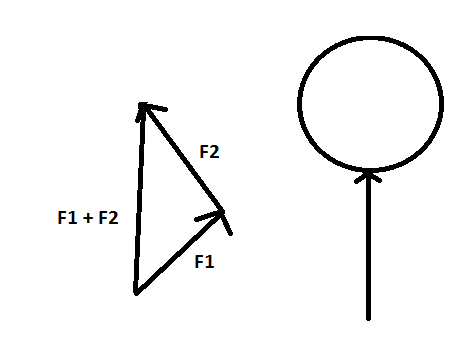To throw an object a certain distance, you need to provide that object with momentum. Momentum is the integral of force over time.
If you look at how you throw with one hand, typically it involves a rotation of the shoulder, and maybe even part of the body. This means that the force can be applied over a greater distance, thus for a longer time.
By contrast, if you use both arms, the range of motion is typically much shorter. So while you have more force, the distance is less.
Often, the limit on the velocity you can reach is not given by the force of the muscle, but rather by the speed with which your muscles can contract. There again, if you are able to add rotation of the upper body, that results in speed of the shoulder which can then be added to the speed of the hand relative to the shoulder to give higher total speed.
Much of this is more about biology than about physics; but I hope the above gives you some insights into the complexity of this issue.
Some of this is nicely explained in this article, from which the following diagram gives you a sense of what I was talking about:

So if you have a very heavy object, it is possible that the additional force of two arms is significant (think of an object you cannot lift with one hand as an example); but for typical balls, other factors dominate.




